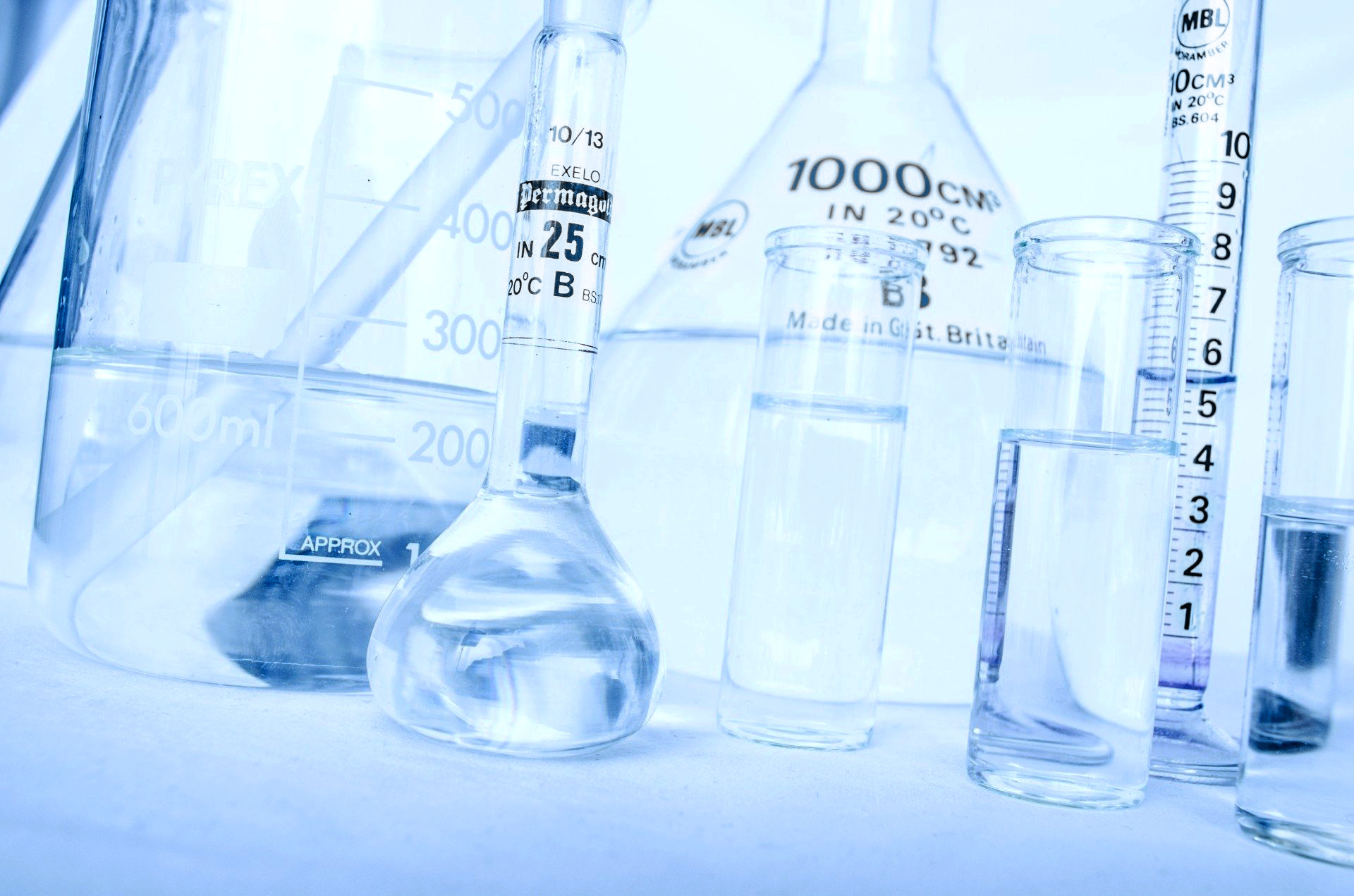The pharmaceutical preparation may give rise to microbiological attack and even be the support of considerable microbiological growth on the various components present in addition to one or more active ingredients..
Thus many components of the medicine, such as diluents, suspending agents, gelling agents, stabilizers, buffer solutions, surfactants, palatability enhancers...sweeteners, lipids, electrolytes and even active ingredients and preservatives, are easily attacked by various groups of microorganisms in the s appropriate conditions.
Containers not tailored may allow the introduction of micro-organisms during storage or allow the contamination of the residual product by the patient or medical team when obtaining individual doses. Once introduced, the microorganisms may die or remain viable. They thus multiply, causing a chemical or physical modification of the product.depending on the nature of the product and of the processes to which it was submitted.
Modern pharmaceutical techniques that will allow the prevention of microbiological degradation for almost all pharmaceutical preparations will be applied using dosing units in closed packaging.
How do you prevent a medication from spoiling?
Drug contamination can come from 3 sources:
- the raw material, including water
- the manufacturing environment
- the staff
It is accepted for certain products, such as dry forms, the presence of a microflora. Nevertheless, it is important to have information on the microbial load, as some microorganisms present in non-sterile forms may diminish or cancel the efficacy of the drug. Other microorganisms, known to be pathogenic to humans, are not tolerated.
Raw materials:
Upon receipt, the manufacturer must check them and provide a certificate of analysis proving the conformity of the microbial load (in CFU/g or CFU/ml). They must be stored and used in a clean environment.
Water
Purified water is the most widely used in the pharmaceutical industry. However, different types of water are required, differing in their physico-chemical and microbiological purity: purified water, highly purified water, water for injectable preparations, water used during cleaning and rinsing cycles.
The manufacturing environment
The manufacturing process is carefully studied, the "critical" steps are analysed in order to perform microbiological analyses on the intermediate product.
Depending on the type of product (solid, liquid, paste or injectable), the type of process and air change will not be the same. The Good Manufacturing Practices (p.177) thus define 4 dust classes per 0.5 µm, known as Controlled Atmosphere Zones (CAZ). For each class, a maximum rate of biocontamination is defined.
It is controlled this way:
- Air quality: by sedimentation, where the Petri dish is left open for several hours and then analysed; or by suction, where microbial air bio-collectors suck micro-organisms through a screen that impact on a Petri dish with a nutrient medium.
- Surfaces: walls, floors and equipment surfaces are controlled. The impression method, for example, allows, with the help of a contact box applicator, to apply a Petri dish with a defined contact time and application. There is also the swab, rag or sponge method, where a swab is rubbed over the surface to be tested.
The staff
Hygiene rules must be respected for any person entering a manufacturing and control area. An entire chapter of the Good Manufacturing Practices is even devoted to them (chapter 2).


